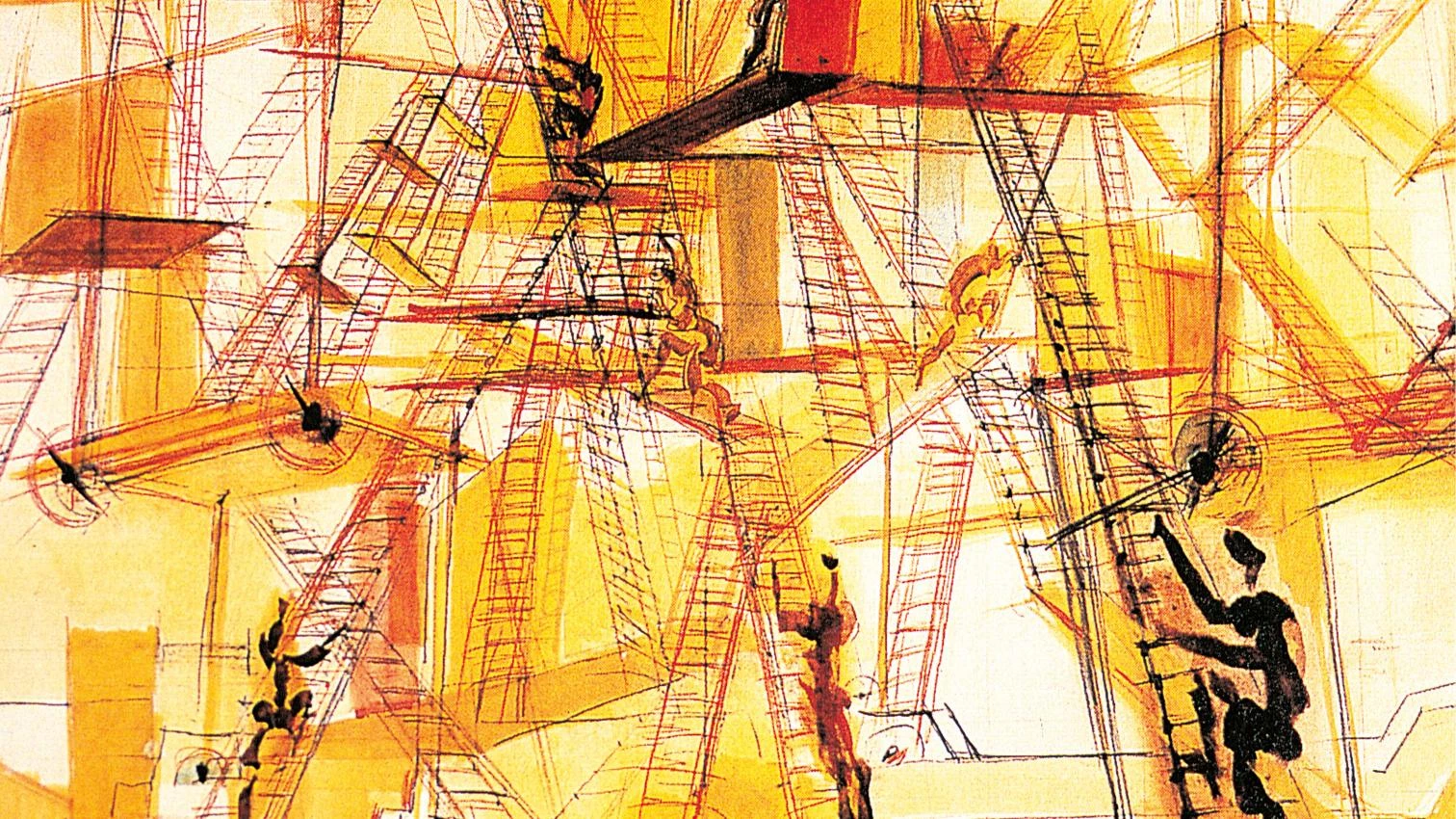
Constant, New Babylon (Ladder Labyrinth), 1967
At first sight, the situationist New Babylon and the spontaneous cities of Archigram belong to opposite universes: the archipelago of fragments into which the phsychogeography of Guy Debord transforms Paris, or the tortuous branches of Constant’s utopia over the street map convey more analytical pessimism in the random quartering and recomposition than propositive hope in the blurry scenographic project of alternative city; for their part, the eloquent graphic tools that the British group borrows from the mass media optimistically express the colorful liveliness of a technological arcadia, as idle and festive as a perpetual amusement park. However, both visionary constructions share the taste for the megastructures of the sixties, the fascination for circus theatricality, and the exaltation of capricious, changing desire. The confusion of the two utopias rejects the order of the norm to defend the disorder of desire, but the final result is no different from the energetic noise of the fair or the shopping center, tangling up their roots – from the artistic avant-gardes to the libertarian or naturist traditions – in the common core of the city of consumption, which has turned its deliria and phantasmagories into co-opted utopias...[+]






